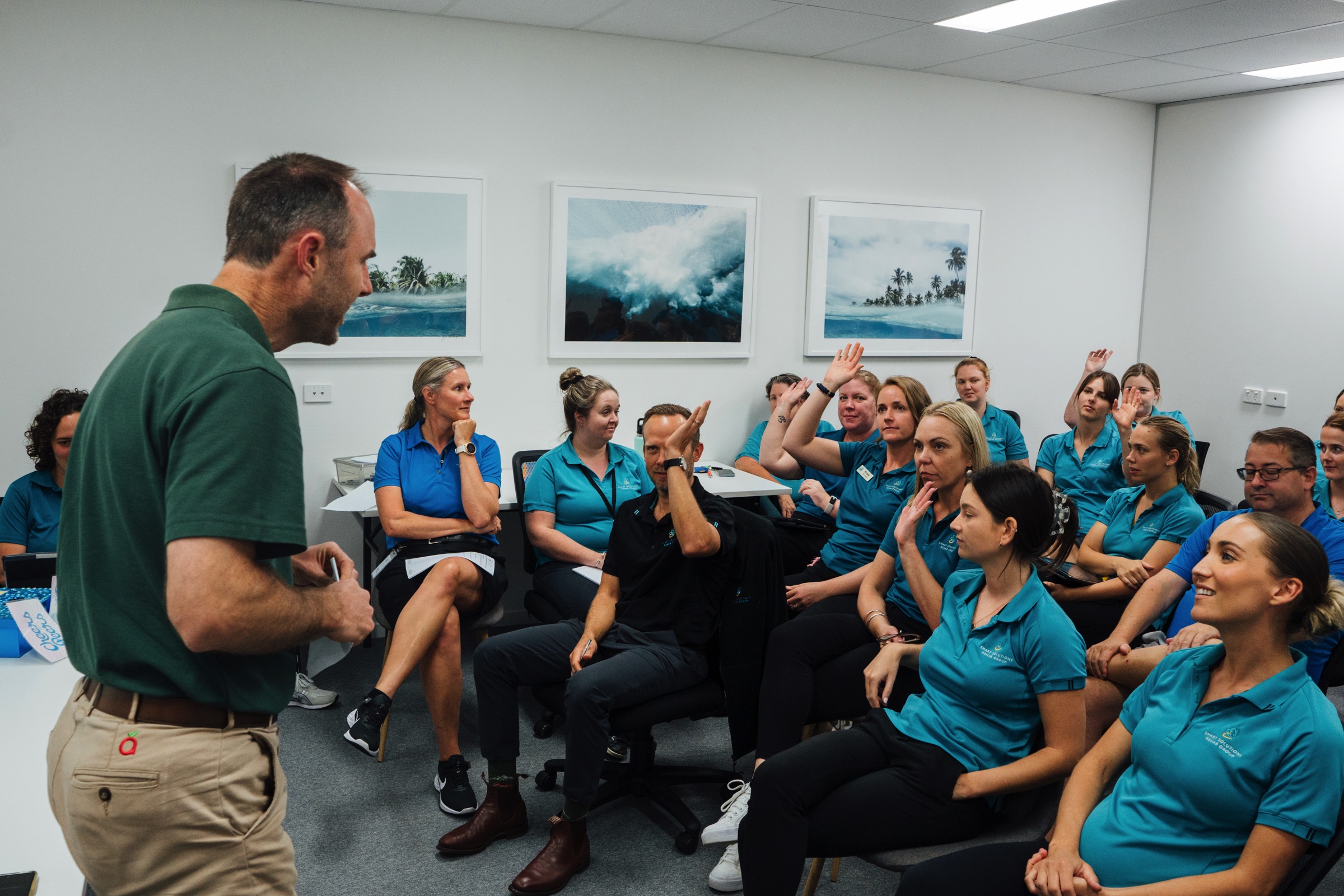What is Parkinson’s?
Parkinson’s is a progressive neurological condition that recent research suggests affects over 100,000 Australians. Parkinson’s presents through a variety of symptoms making it difficult to diagnose. Primarily affecting older people, 65 is the average age of a Parkinson’s diagnosis, however Young Onset Parkinson’s is diagnosed in approximately 20% of cases.
What causes Parkinson’s?
At this point there doesn’t appear to be one definitive cause of Parkinson’s; however, we know that symptoms begin to manifest as a result of decreased dopamine levels in the brain. It is generally considered that a range of factors including genetic, environmental, and other unknown issues contribute to a rapid and significant decrease in the brain cells primarily responsible for dopamine production.
Symptoms of Parkinson’s
Tremor, bradykinesia (slowness of movement), and rigidity are more commonly recognised symptoms of Parkinson’s, but there are many others. Dopamine is a neurotransmitter that impacts movement, so when the brain isn’t producing enough dopamine, in the case of Parkinson’s, the chemical imbalance produces physical symptoms like tremor, stiffness, poor balance and coordination, and slowness of movement.
Parkinson’s treatment options
There is currently no cure for Parkinson’s, however there are a wide range of therapies that can be effective in its management, including those provided by Allied Health practitioners like Occupational Therapists, Speech Pathologists, and Physiotherapists.
Occupational Therapy
Parkinson’s can impact a person’s ability to participate in the everyday tasks that make up their daily activities. Self-care (e.g., getting dressed, feeding), work (e.g., computer work) and leisure activities (e.g. exercise) can all be impacted. Occupational Therapists will work with a client to help with continued engagement in daily living tasks. This may include helping the client to alter the task itself, prescribing Assistive Technology (e.g., adaptive cutlery), or modifying the environment within which the task is performed (e.g., the kitchen or bathroom). The goal is for Occupational Therapy to enable a client’s ongoing involvement in meaningful activities (or ‘occupations’) in ways that facilitate independence, ensure safety, and help to improve or maintain a person’s quality of life.
Speech Pathology
As Parkinson’s affects muscle control, it can progressively affect a person’s speech and sometimes even their ability to swallow. Muscles in the face, mouth and throat can be impacted by Parkinson’s, which may affect speech volume, clarity, speed, tone, and quality of voice. A Speech Pathologist can work with a person experiencing Parkinson’s to help them develop skills and strategies to maximise their capacity for verbal communication. Strategies to do with increasing volume, enhancing clarity, optimising rates of speech, coordinating breathing and improving tone and voice quality can help a person to manage their speech as Parkinson’s progresses. In the case of severe speech impairment, a Speech Pathologist can help to identify and script Assistive Technology to aid communication.
Physiotherapy
Physiotherapists are highly skilled in assessing and treating the impacts on movement that come with a Parkinson’s diagnosis. From helping with gait patterns, regaining strength, fall prevention training, and advising on equipment to keep a person moving, a Physiotherapy review can be helpful at any stage of Parkinson’s. Hands-on or movement-based therapies delivered by a Physiotherapist can help to improve quality of life and increase a person’s capacity to participate in meaningful activities.
Moving forward
While there is no cure for Parkinson’s, there are a multitude of therapies that can assist in maintaining or improving a person’s quality of life. A multidisciplinary approach will ensure that any emergent symptoms are managed as effectively as possible, and that a person experiencing Parkinson’s continues to live as safely, independently and meaningfully as possible.




